Hashtags: everyone knows them, some use them, but few know how to use them as strategically as possible. In this article, we explain the added value of hashtags, and how to use them effectively in a B2B context.
Hashtags are an important tool to attract a wider audience and strengthen your online presence on social media. They can increase your visibility, create engagement and interaction, and enhance brand perception.
Using popular hashtags
When using hashtags, it’s important to choose tags that are relevant to your target audience, industry and message. You can start by researching which tags are popular within your specific industry, so you can use them in your content to reach a wider audience of potential customers . Researching popular tags can be done by checking how many followers a particular hashtag has. It can also be interesting to follow accounts with a similar target audience. This does not have to be just competitors, but for example influencers, market leaders and experts in your market. Keep track of what they post and what hashtags they use in the process.
Create your own hashtags
In addition to popular hashtags within a particular industry, you can also create your own branded hashtags to build your brand and make it easier for others to find and follow your content. In addition, branded hashtags help track the success of your social media campaigns. This gives you insight into where and by whom the hashtags are being used, and you can track how they affect your reach and engagement.
Discussions and events
Hashtags can also be used to participate in conversations and discussions within a particular sector or industry. Look for relevant discussions and trending topics within your industry, and join the conversation by using the hashtags in your content. This will allow you to reach a wider audience and showcase your expertise. To find relevant discussions, you can use the same tactics as for finding popular hashtags, namely follow accounts with similar audiences and a large number of followers.
When participating in an event, it can be useful to use hashtags created by the event organizer to reach other participants and visitors. Also, certain trends or popular hashtags such as #dayof... can be interesting to use because they often have a large number of followers.
A good mix
For maximum impact, it’s especially important to use a good mix of different hashtags. So incorporate both relevant and popular industry-specific hashtags in your post, as well as your own branded tags. Keep in mind that too many hashtags in one post can be overwhelming and can negatively affect the reach of your post. An average of five tags is certainly sufficient. Also remember that your content is more important than the hashtags, and that hashtags are a useful tool, but never an end in themselves. Good luck!
At Living Stone, we are focused on the marketing trends of today, and the developments that are shaping the future. If you would like to talk to us about your marketing goals, please contact Anne-Mie by email at annemie.vansteelant@livingstone.eu, or call +32 (0)55 59 10 07.



